Stem cell transplants are a medical procedure in which which stem cells are transplanted into an injured or diseased recipient. This procedure can either involve stem cells derived from one’s self or stem cells derived from a healthy donor.
In this article:
- Types of Stem Cell Transplant in Treating Diseases
- Advantages of Stem Cell Transplant in Treating Diseases
- Stem Cell Collection
- Stem Cell Transplant Procedure
- Stem Cell Transplant Recovery
- Diseases Treated with Stem Cell Transplant
- Stem Cell Transplant Success Rate
A Closer Look at the Stem Cell Transplant Process
To better understand how these procedures work and their advantages and disadvantages, read on below.
Types of Stem Cell Transplants
There are two types of stem cell therapy: autologous and allogeneic.
Autologous stem cell transplant uses the patient’s own stem cells, commonly collected from adipose (fat) tissue, peripheral blood or bone marrow. The stem cells are harvested in advance and will be returned back into the patient at a later phase of the therapy.
Allogeneic stem cell transplant uses a donor’s stem cells, either from a relative or an accredited donor registry. The stem cells can be collected from a newborn’s umbilical cord blood or tissue or placental blood or tissue, as another adult’s bone marrow, peripheral blood, or fat tissue.
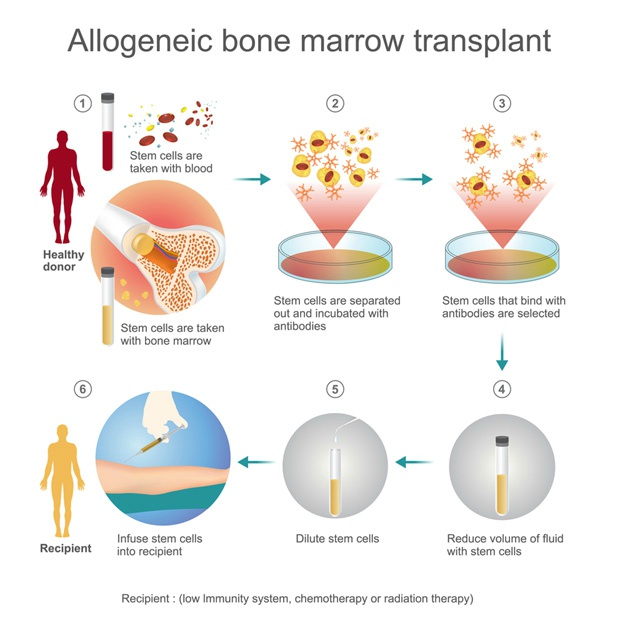
Both procedures utilize stem cells to replace damaged ones in the patient’s body.
Advantages of Stem Cell Transplants for Treating Disease
The two types of stem cell therapy have different advantages over another:
Autologous
- can be used to treat older patients
- poses less risk of side effects
- faster engraftment in terms of the production of new blood and immune system cells
- has a smaller risk of transplant rejection or graft-versus-host disease
Allogeneic
- can be used to treat patients with bone marrow diseases
- transplanted cells contain no injury from chemotherapy
- transplanted cells make their own immune cells that may help destroy cancer cells
Stem Cell Collection
Although there are two types of stem cell therapy, the process is the same and would only differ on the collection source.
For peripheral blood, the patient’s or donor’s blood is first taken as a sample. Upon harvesting, the blood sample passes through a machine to collect only the blood-forming cells.
As for the remaining blood, it is given back to the patient’s body. The collected blood stem cells are then processed, frozen, and stored for later use.
For those collected from a donor, stem cells are preserved in blood banks or transported for transplant. Bone marrow collection starts with a surgical procedure.
Doctors collect liquid marrow from the pelvic bone of the patient or donor. The collected liquid marrow is then processed, frozen, and stored if autologous, while the donor’s stem cells are preserved in banks or transported for transplant.
Umbilical cord blood can be found in cord blood banks if the patient is more suitable for this source. Umbilical cord contains hematopoietic stem cells that have the ability to turn into all blood cell types, including white blood, red blood, and platelets. Just like the other sources, stem cells in the umbilical cord can be harvested and preserved for later use.
The Stem Cell Transplant Procedure
Before the procedure, the patient first undergoes a conditioning therapy. During this time, the patient will receive radiation therapy or chemotherapy to destroy cancer cells. Platelet, white blood cell, and red blood cell counts dramatically drop because of this.
Medications may also be prescribed to weaken the immune system. During the therapy, stem cells are thawed and then placed into the patient’s body using an IV line, like a blood transfusion. This takes from 1 to 5 hours. When stem cells enter the bloodstream, they flow until they reach the bone marrow in order to create new white blood cells, platelets, and red blood cells. This is called engraftment, and it can take from 1 to 6 weeks.
Recovering from Stem Cell Transplantation

The patient will undergo an isolation period after the procedure to avoid the risk of infection while the immune system is still recovering. They may be advised to stay at home or isolated in a hospital room while waiting for the bone marrow to grow. The patient may also feel fatigue for the first several weeks.
Two months following a stem cell transplant, the physician will take a blood sample and probably also a bone marrow sample from the patient to find out if the patient’s body is producing all types of blood cells. Most importantly, the physician will also ensure that the patient did not develop major complications.
Diseases Treated with Stem Cell Transplants
Usually, blood stem cell transplants are used to treat people with the following conditions:
- severe aplastic anemia
- myeloproliferative disorders, such as myelofibrosis
- myelodysplastic syndrome
- Hodgkin’s lymphoma
- non-Hodgkin’s lymphoma
- leukemia
- multiple myeloma
The transplant is also another treatment option for patients who have the following health issues:
- an autoimmune disease, such as multiple sclerosis
- a solid tumor, such as neuroblastoma
- an immune deficiency disease, like SCIDS or Wiskott-Aldrich syndrome
- a genetic disorder, like thalassemia or sickle cell disease
Although stem cell therapy provides a positive prognosis for different types of diseases, not all patients who have the stated conditions are eligible for the transplant. The treatment is reserved for patients whose quality of life can be enhanced with stem cells, who have relapsed, or who have a higher risk of relapsing.
Stem Cell Transplant Success Rates
The success rate of these procedures can depend on several factors, including the patient’s stage of disease, disease type, age, the type of donor cells, and of course, the transplantation procedure.
For example, those who have Hodgkin’s lymphoma who are in remission before an autologous transplantation have a high success rate. Those who survive 5 years following the transplant can expect to live longer, too.
Let this infographic be your guide. Download it now and use it as a reference later.

Stem cell transplant is indeed a promising treatment alternative for patients with serious health conditions. The treatment is, however, considered under investigation as further research and study are still required. Despite this, it wouldn’t be surprising if stem cells will be approved as a standard medication for diseases in the near future, considering its great potential in regenerative medicine.
If you found this blog valuable, subscribe to BioInformant’s stem cell industry updates.
As the first and only market research firm to specialize in the stem cell industry, BioInformant research is cited by The Wall Street Journal, Xconomy, AABB, and Vogue Magazine. Bringing you breaking news on an ongoing basis, we encourage you to join more than half a million loyal readers, including physicians, scientists, executives, and investors.
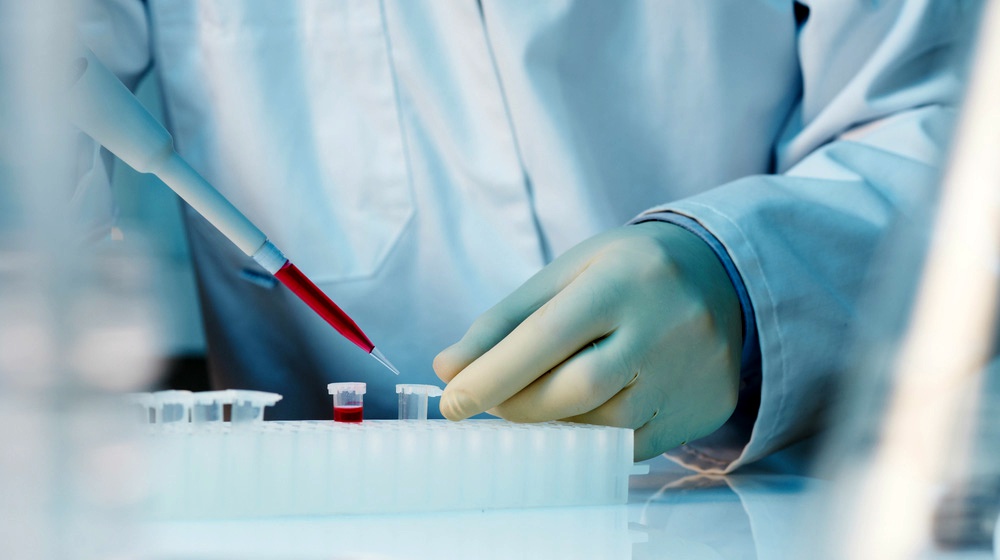











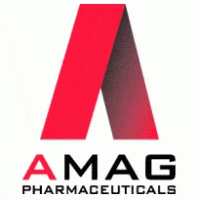


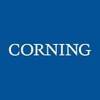

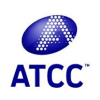


Tell Us What You Think!